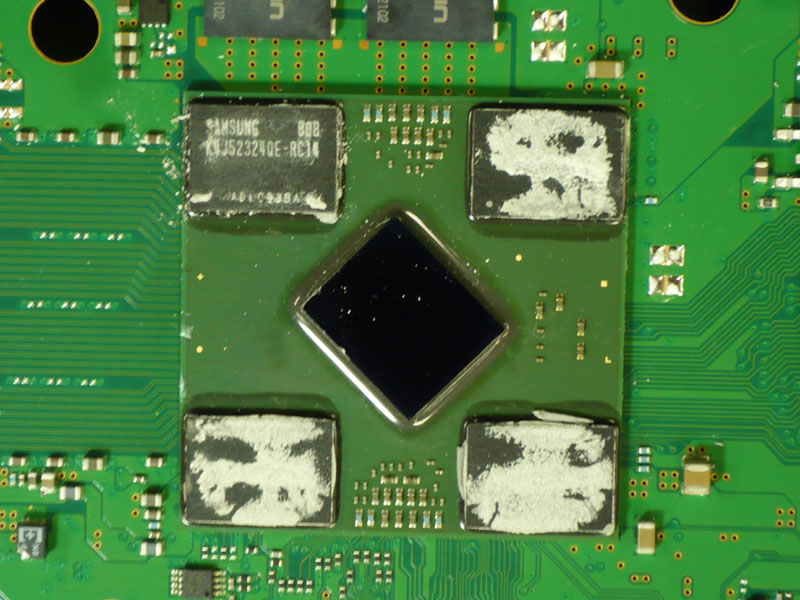I have had second thoughts about my theory about GDDR3 memory being replaced by DDR3 in consoles.
That DDR3 is going to be used in graphic cards seem to be a common understanding.
I found these in a brochure from Qimonda.
However DDR3 memory is only offered with 4, 8 and 16 bit data paths, which makes it a bit awkward as a replacement for the GDDR3 chips with a 32 bit data path.
Especially since there is no 256 Mbit DDR3 memory and hardly any 512 Mbit modules as well. 1Gbit DDR3 seems to become the common low end standard.
This means that if we are to replace GDDR3 memory with currently available DDR3 memory it will mean they will at least double the memory size.
The benfit of doubling or quadrupling the memory of current gen console from a software point can be discussed, but I leave that for a different thread.
Let us look at it stricly from a hardware cost reduction perspective and look at the PS3 specifically.
Samsung 512 MBit GDDR3 memory units are used with the current 65 nm RSX core.
Spec sheet:
VDD 1.8 V
Max TDi 4 W
Data path: 32 bit
package: 136 ball FBGA,
Dimensions: 11 x 14 mm
DDR3
If we stay with Samsung and look at their DDR3 offerings, they only offer 1 Gbit DDR3 units and above in mass production:
http://www.samsung.com/global/business/semiconductor/productList.do?fmly_id=103
Spec sheet:
VDD 1.5 V
Max TDi 1 W
Data path: 16 bit
package: 100 ball FBGA
Dimensions: 9 x 13 mm
It seems like it would be feasible to fit 8 1Mbit DDR3 units together with a shrinked 45 nm RSX core within the size of the current substrate and stay within the current power envelope, probably lower.
I don´t know why the RSX has this current substrate solution, perhaps some hw engineer can fill me in. Maybe the separate substrate solution will go a away in the future and the RSX core and the memory units will soldered straight on the main PCB.
I have not been able to find any current price indication of GDDR3 memory, but the cost of DDR3 memory can be found
here . I wouldn´t be surprised if GDDR3 memory units are more costly than current DDR3 memory. Anyway if not, within a year it will probably be the case, possibly below half the price, as DDR3 will grow in market share.
It should be noted that the price table doesn´t offer prices for 800 MHz DDR3 memory. I previously dismissed the possible connection between the current downclock of the PS3 GDDR3 memory (650 MHz) and the DDR3 667 MHz standard. I dismissed it because I thought the price difference would be insignificant in the long run, but there maybe more to it. The 667 MHz units may have greater availability and be able to work at a lower voltage than higher speeds units.
The
DDR3L standard memory units will probably be available in the lower frequency range. However, that memory might be aimed and notebooks and carry a premium price and the current power draw of the 1.5 V DDR3 is already significantly lower than GDDR3.
Would it make sense doubling or quadrupling the memory size as a cost reduction? I think it might, but I am not totally convinced yet, any thoughts?




